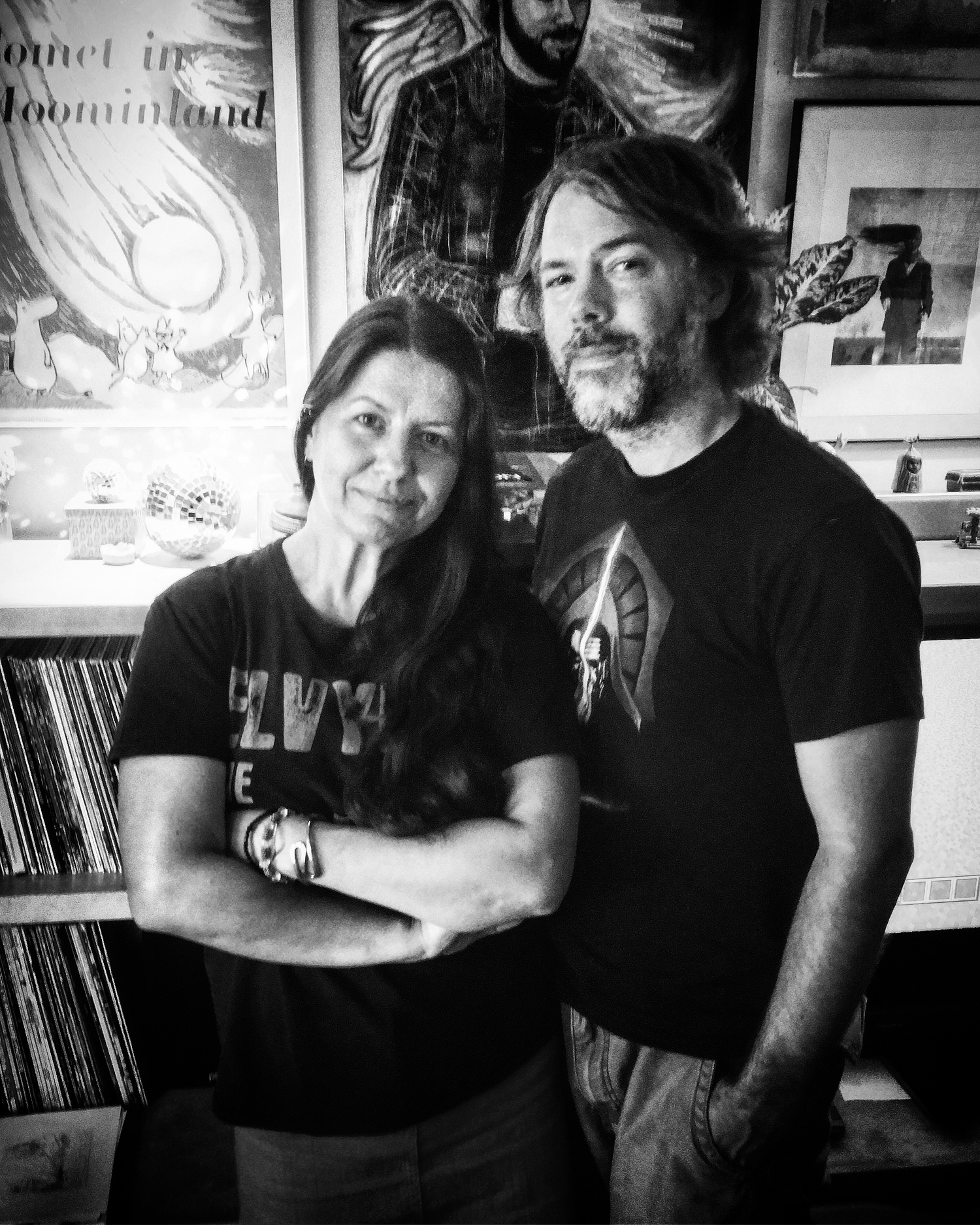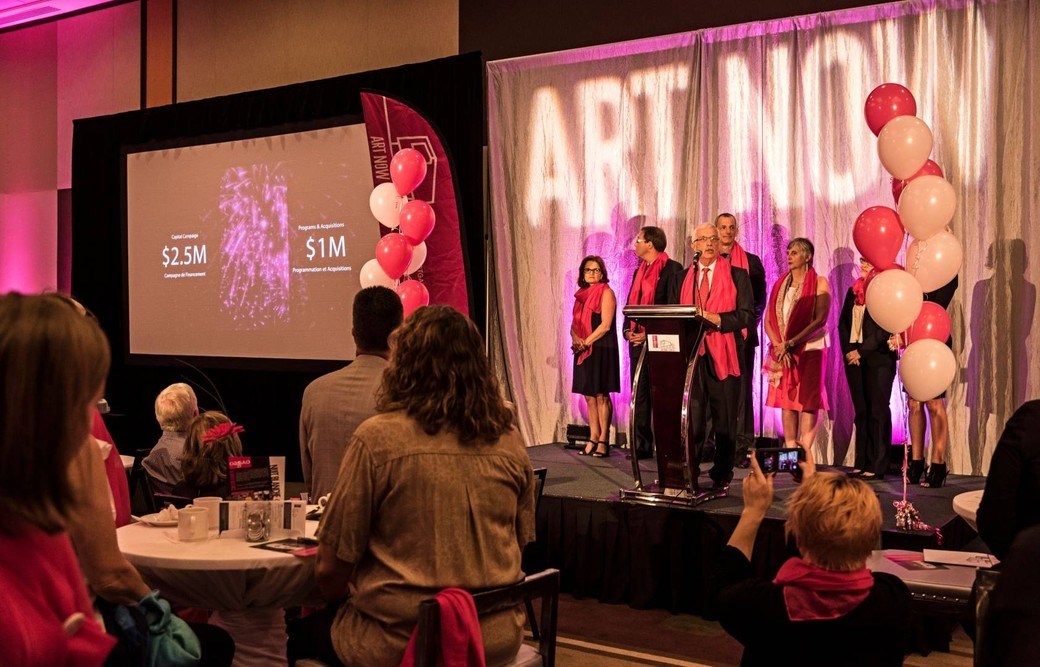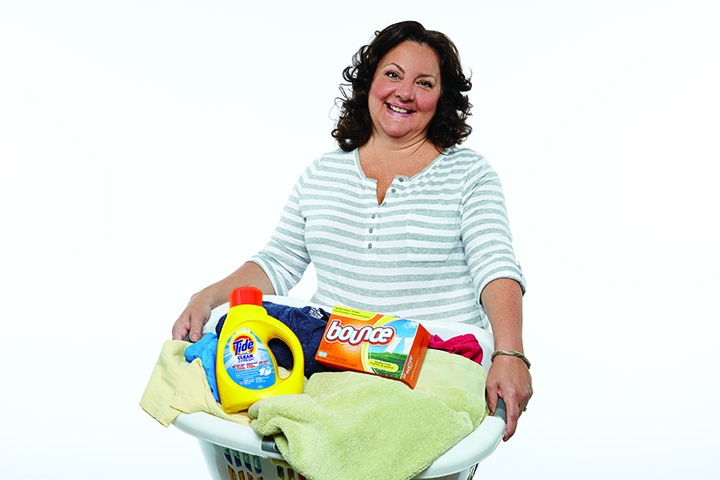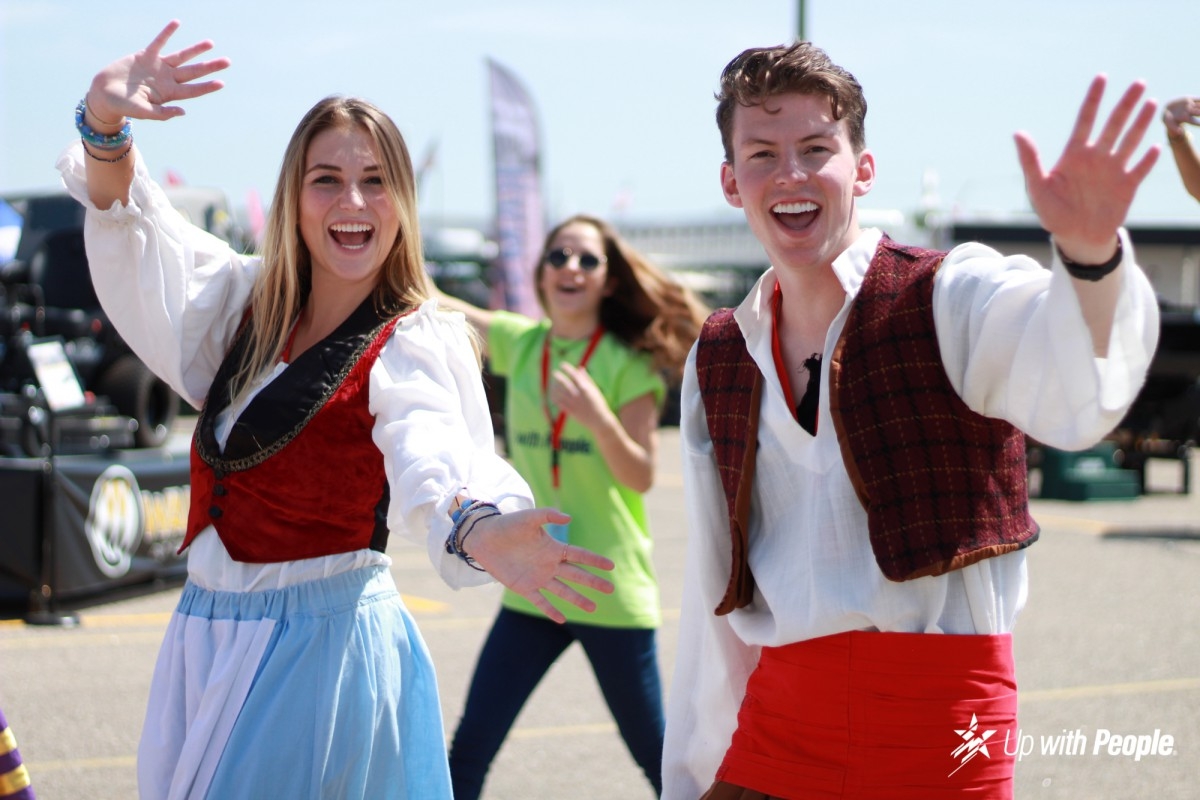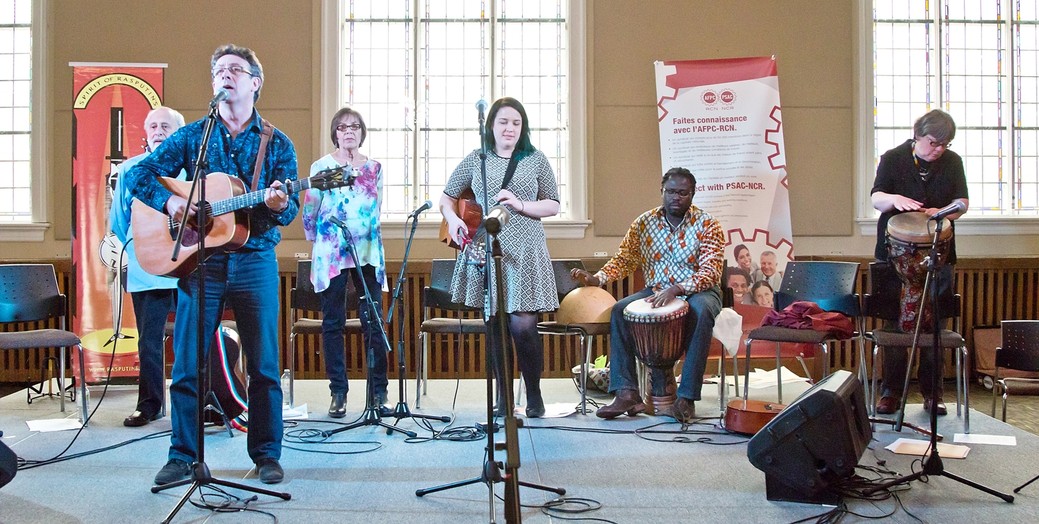
Remembering Gil Levine with the Power of Song
Photos by Andre Gagne
A child of Jewish immigrants born into depression-era Toronto, Gilbert Levine (February 3, 1924-Novembr 16, 2009) has been called one of the most influential labour leaders of his time. As the first Research Director of the Canadian Union of Public Employees (CUPE), he was a pioneer in the practice of collecting, analyzing and utilizing facts to support his views and back up union positions. For a while he had a sign on his office door: Just the Facts. A tireless activist, strong willed and principled, his family would say he was “happiest when he was fighting for change, winning rights for workers and organizing everybody.”
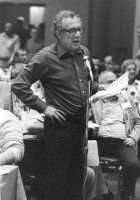
As early as his teens, Levine fought against what he thought was wrong in the world, joining the peace movement and helping draft resistors from the war in Vietnam. He also loved folk music; his heroes included Pete Seeger and Phil Ochs. In fact, back in the late 50’s when Seeger was blacklisted in the United States, Levine was instrumental in bringing the singer to Ottawa to perform.
“There wasn't much money, but we had lots of records in our house,” says Gil’s daughter Tamara, recalling listening and singing along to songs by the Weavers, Burl Ives and, of course, Seeger. “I went to Sam the Record Man with my dad when we lived in Toronto and sat in a booth with headphones on listening to a Weavers LP spinning on the turntable. Nobody had headphones then. It was magical!”
Though he didn’t play an instrument or have the voice some of his folk heroes did, Levine knew that there was something powerful about getting a group of people together to sing; that, perhaps, song could make a difference be they sung around campfires, in the comfort of living rooms or in the hostility of picket lines. With this in mind, along with wife Helen, he’d have gatherings in his home simply to share songs. They called them hootenannies –a Scottish word for celebration and long adopted by Seeger and Woody Guthrie to describe gatherings in the folk/protest movements. Joan Baez once said that a hootenanny is “to folk singing what a jam session is to jazz.”
After Gil’s passing, it only seemed fitting that such a party be held in his honour. The next year, held on May Day, the International Workers’ Day, a group gathered for what would become an annual tradition: Gil’s Hootenanny.
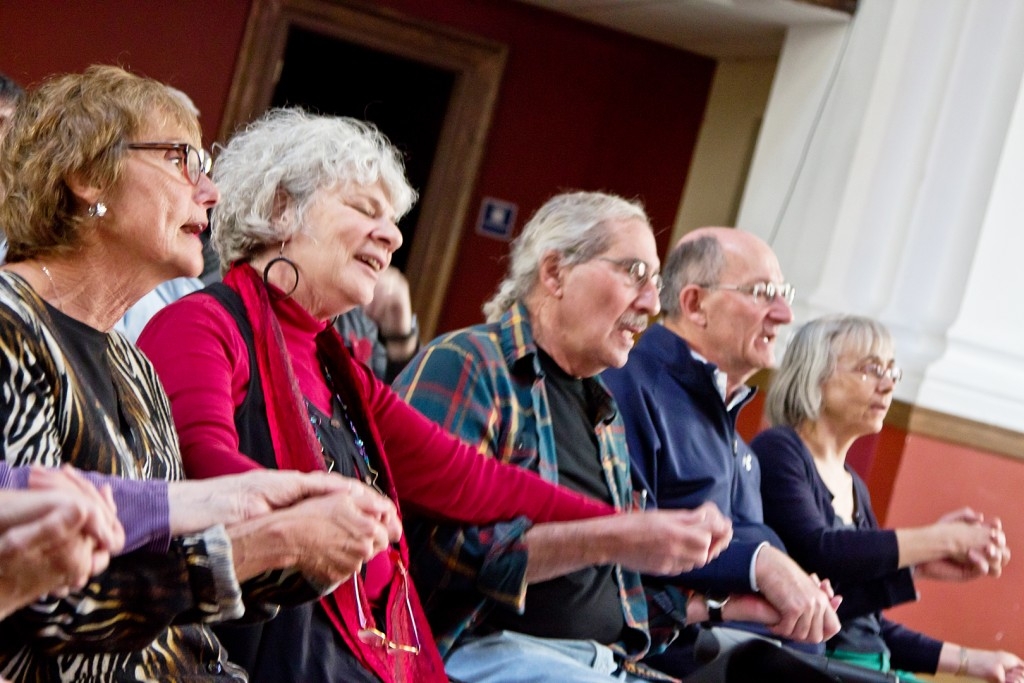
“The theme of the Hootenanny has always been Songs of Protest and Hope because we believe it doesn’t make sense to protest unless you also offer an alternative vision for how things could be in the world,” says Tamara Levine. “In the earlier hootenannies, we had lots of performers, mostly singer-songwriters. Three years ago we started a Hootenanny Band whose job it was to get everyone singing. The same year, we started a song writing contest to encourage the writing of new sing-along-able songs with the themes of protest and hope.”
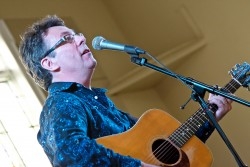
In 2015, one hootenanny singer’s life would be forever changed by one of those songs. With his winning song “Harperman” –a protest tune about then Prime Minister Stephen Harper– local musician Tony Turner was suspended from his job at Environment Canada when a video of the song took on a life of its own and went viral eventually turning Turner into a public crusader in his own right. He would recreate the video with some of the original singers at the 2016 event.
“A good protest song has to be easy for people to learn. People should be able to join into the song the first time they hear it, with no need for printed lyrics,” says Gil’s Hootenanny mainstay, Chris White. “The song needs to have an engaging rhythm, a catchy melody, and a chorus that's easy for everyone to sing along with. The song should appeal to people's emotions and motivate them to take action.”
Once the artistic director of the Ottawa Folk Festival, White has helped keep the local folk scene alive over last 25 years. He has fond memories of Gil, calling him not only a friend but also a mentor.
“I was impressed and influenced by his unwavering commitment to social and economic justice, and by his belief in the power of song to support those goals,” says White. “He championed collective singing as a way to touch people's hearts and move them to action.”

Planning for the annual event usually begins in the fall with, for the first time, the 2016 Hootenanny involving a separate family show. When you get legendary children’s entertainers Bram Morrison and Sharon Hampson (of Sharon, Lois and Bram fame) to join the party it isn’t hard to see why organizers traded in some of the protest tunes for songs like “Peanut Butter (And Jelly)” and “Skinnamarink” for a special morning concert.
With children dancing everywhere and parents singing along to tunes they learned as a child themselves, Sharon and Bram lit up the Glebe Community Centre with so many smiles. The two returned for the later show leading a parade of singers around the crowd, encouraging all to sing along.
White tells Ottawa Life that, based on the success of Ottawa’s event, the organizers are planning to help bringing similar events to other communities. They are even preparing a How to Hootenanny Kit.
“Humans –like birds– are biologically designed to sing and to respond to singing. Around the world, parents instinctively sing to babies, people create new songs, and people move and dance to the sounds of music,” he says. “Huge numbers of people have been moved to work for positive change through singing. The do it yourself aspect of folk music means that everyone can participate. At a physical level, the interactions created by human voices singing together makes the whole greater than the sum of the parts.”
Tamara Levine could be seen in the front row, often joining hands with friends, swaying and singing. By the time Gil’s daughter took to the stage, it was clear the vision of her father was still alive and well in those gathered to share these songs with one another.
“His spirit lives on never more so then when people get together to sing,” she said to those gathered. “We can all sing. There is no wrong note as long as you’re singing it. Please keep on singing. We have to keep singing together to make the world a better place.”

